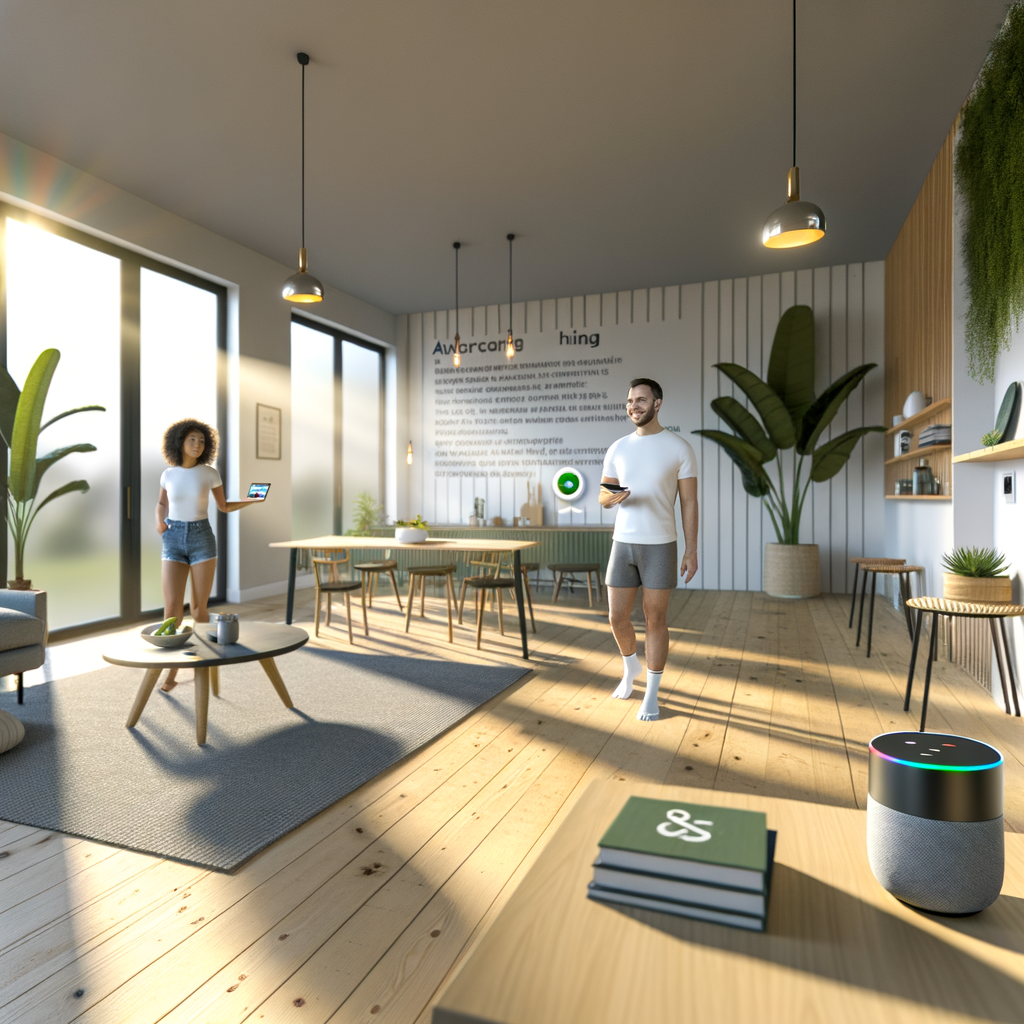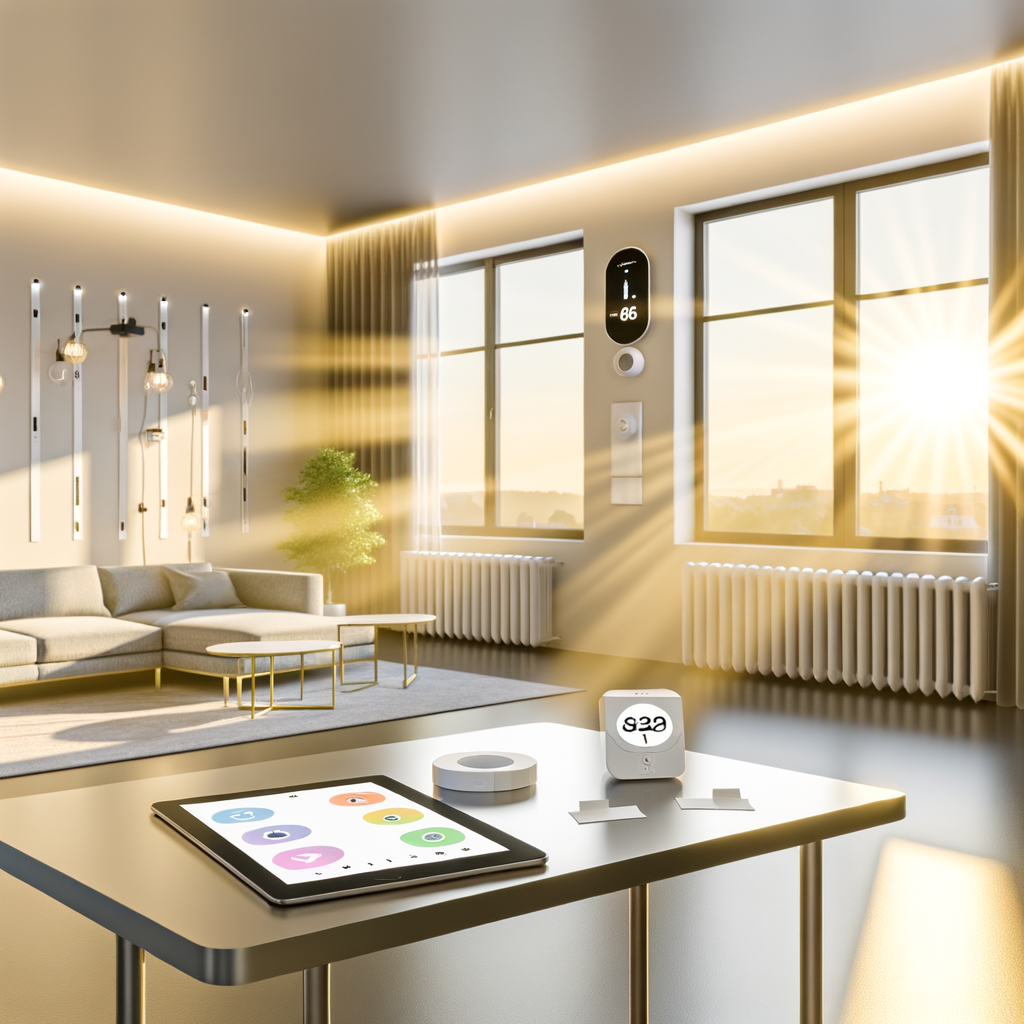Busting the Top 5 Myths About Smart Home Tech for Eco-Conscious Renters
Smart home technology is no longer a futuristic dream for homeowners only. Today’s tech-savvy, eco-conscious renters can also harness smart devices to save energy, money, and the planet—without breaching their lease. Yet, persistent myths often prevent renters from embracing this sustainable upgrade. Let’s bust the top five myths and show you practical, renter-friendly ways to make your living space smarter and greener.
Myth #1: “Smart Home Tech Is Too Expensive for Renters”
Why This Myth Persists
When people hear “smart home,” they often imagine thousands of dollars in gadgets and hefty monthly service fees. This misconception keeps a lot of renters from exploring smart options that fit modest budgets—and that pay off with energy savings.
The Truth: Affordable Options Exist
- Smart bulbs, plugs, and thermostats often cost less than a dinner out and can quickly pay for themselves via reduced utility bills.
- Many smart products work as standalones—no big installation or “ecosystem” buy-in required.
- Some utility companies offer rebates or discounts on smart thermostats or energy monitors.
Actionable Advice
- Start small: Purchase a smart plug or LED smart bulb. These affordable devices can help automate lighting, holiday decorations, or appliances for under $25.
- Download the free app and track your energy use—many smart devices help pinpoint where your cash is leaking.
- Shop for simple, entry-level smart devices that don’t require extra hubs or subscriptions.
Quick Picks for Budget-Friendly Smart Gear
- Smart plugs ($15–$25 per unit)
- Wi-Fi LED bulbs ($10–$30 per pack)
- Battery-operated smart thermostats (check for compatibility with your rental!)
Myth #2: “Smart Home Devices Require Permanent Installation”
Why This Myth Exists
Many renters assume that any smart home tech needs drilling holes, replacing electrical panels, or rewiring, which violates lease agreements. Actually, most of today’s smart products are designed for easy, non-invasive setup—and takedown.
The Truth: Renter-Friendly Devices Are Everywhere
- Plug-and-play design: Most smart plugs and bulbs simply screw in, plug in, or stick on (with removable adhesive).
- No drilling required: Modern smart thermostats like some Ecobee or Google models use adapters that don’t require rewiring.
- You can take your devices with you when you move!
Actionable Advice
- Look for devices labeled as “no installation needed,” “wireless,” or “apartment-friendly.”
- Use removable adhesive strips or magnetic mounts for smart sensors and cameras.
- Get landlord permission in writing for any device that even slightly modifies your space (always smart practice), but for basic smart plugs and bulbs, this is rarely required.
Renter-Safe Smart Tech Examples
- Security cameras with removable adhesive backs
- Smart doorbells (battery-powered, no hard wiring)
- Clip-on or stick-on window/door sensors
Myth #3: “Smart Devices Don’t Make a Real Environmental Impact”
Where This Myth Comes From
It’s easy to underestimate the eco-benefits of a single smart plug or LED bulb. But when tens of millions of households make smart upgrades, the overall energy savings multiply fast.
The Truth: Small Changes Add Up
- Smart thermostats can save 10–20% on heating/cooling costs, reducing fossil fuel consumption.
- Smart plugs and strips cut “phantom load” energy use by powering off dormant electronics, saving up to $100/year for an average renter.
- Scheduling features turn off lights or appliances you forget—every little bit helps.
How Renters Can Make a Big Difference
- Use smart devices to track and optimize your energy usage—knowledge is eco-power.
- Replace standard bulbs with smart LEDs, which use at least 75% less energy and last 25 times longer.
- Coordinate “smart” power-down routines for high-use appliances. A smart plug can do in seconds what we often forget to do daily.
Case Study: Smart Savings in Action
Maria, a Seattle renter, invested in three smart plugs and a Bluetooth water sensor. By setting all her kitchen and entertainment devices to shut off when not in use, she saw her electric bill drop by 18% in just two months—proving even small moves add up.
Myth #4: “You Need a Tech Degree to Set Things Up”
Why This Myth Lingers
Smart devices used to be complicated, requiring special hubs, advanced networking, or professional installation. Today’s models, however, are streamlined, app-based, and user-friendly—even for those who aren’t big on tech.
The Truth: Most Smart Devices Are Plug-and-Play
- Apps walk you through setup with onscreen instructions, visual aids, and even phone support.
- Voice assistant integration is easier than ever—many devices work with Alexa, Google Assistant, or Apple HomeKit out of the box.
- No hubs? No problem. Most renter-friendly products now connect directly to Wi-Fi or Bluetooth.
Actionable Tips for Non-Techies
- Stick to top brands with lots of positive reviews—setup is usually simpler, and support is better.
- Download device companion apps before buying to check app layout and features.
- Watch short setup tutorials on YouTube for step-by-step guidance tailored to your device.
- Bookmark the customer support page of your chosen brand for quick reference.
Helpful First-Time Devices
- Simple Wi-Fi smart bulbs
- Outlet timers or energy-tracking smart plugs
- Thermostats with stick-on sensors and voice control
Myth #5: “Smart Tech Is a Privacy and Security Nightmare”
Why Renters Worry
Concerns about hackers, data leaks, or creepy surveillance can be magnified in apartments and rented homes, where many renters can’t make physical security upgrades or run ethernet cables. Fortunately, most security risks are manageable with a few smart habits.
The Truth: Privacy Is Manageable With the Right Steps
- Modern smart home devices now ship with improved privacy protections, regular firmware updates, and clear settings to control data sharing.
- Major brands clearly state what they collect and let users adjust privacy settings in the app.
- Most basic smart home devices (like bulbs and plugs) collect minimal data—just what’s needed for connectivity and settings.
Actionable Security Tips for Renters
- Buy from trusted brands with a solid track record for security and privacy.
- Change default passwords and use strong, unique credentials for all devices and accounts.
- Keep devices updated—enable automatic firmware updates in each device’s settings.
- Review app permissions and disable any unnecessary features like microphone or camera access in devices where you don’t need it.
- If you use cameras, physically cover or unplug them when not in use for added peace of mind.
How to Start: A Roadmap for Eco-Conscious Renters
- Pick one goal: It could be saving on heating, cutting lighting costs, or improving security. Choose a device that addresses your top need.
- Check your lease: Most plug-in or adhesive




